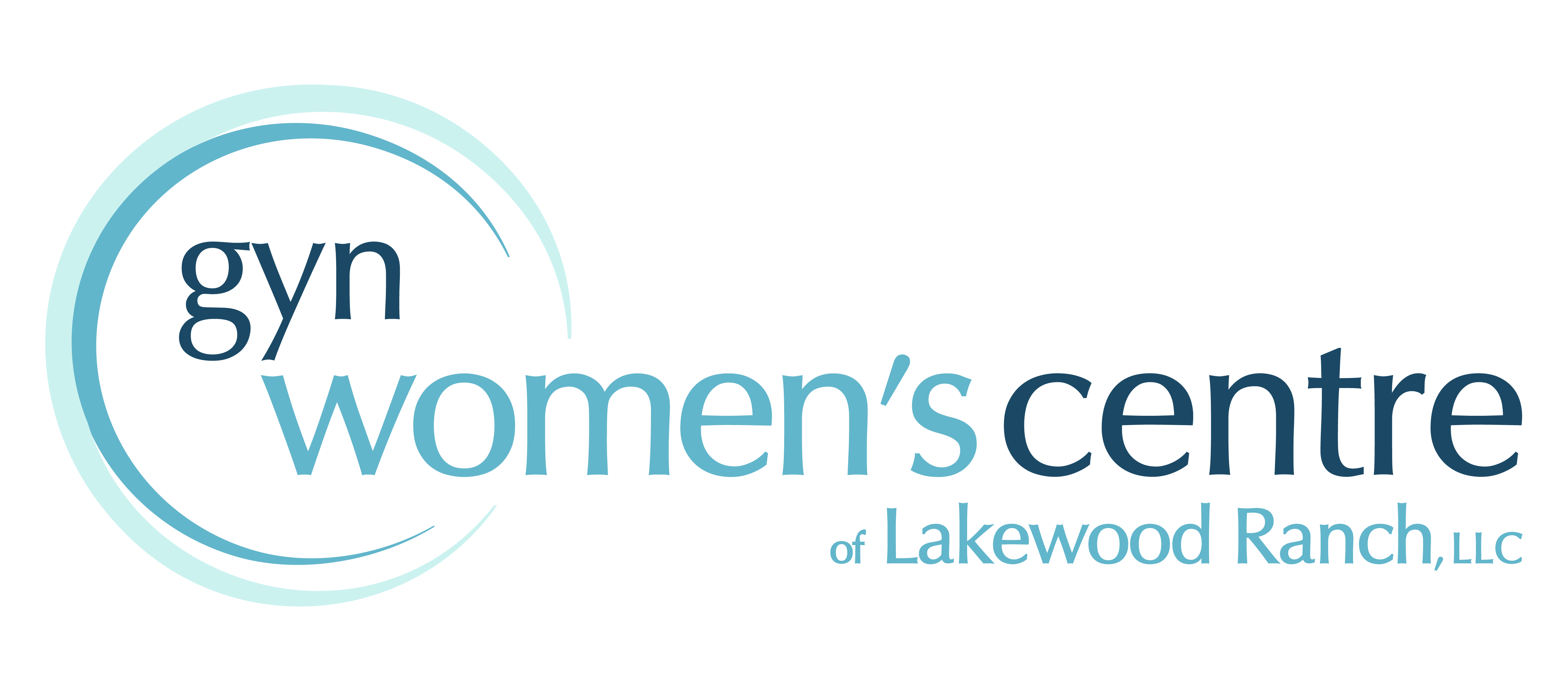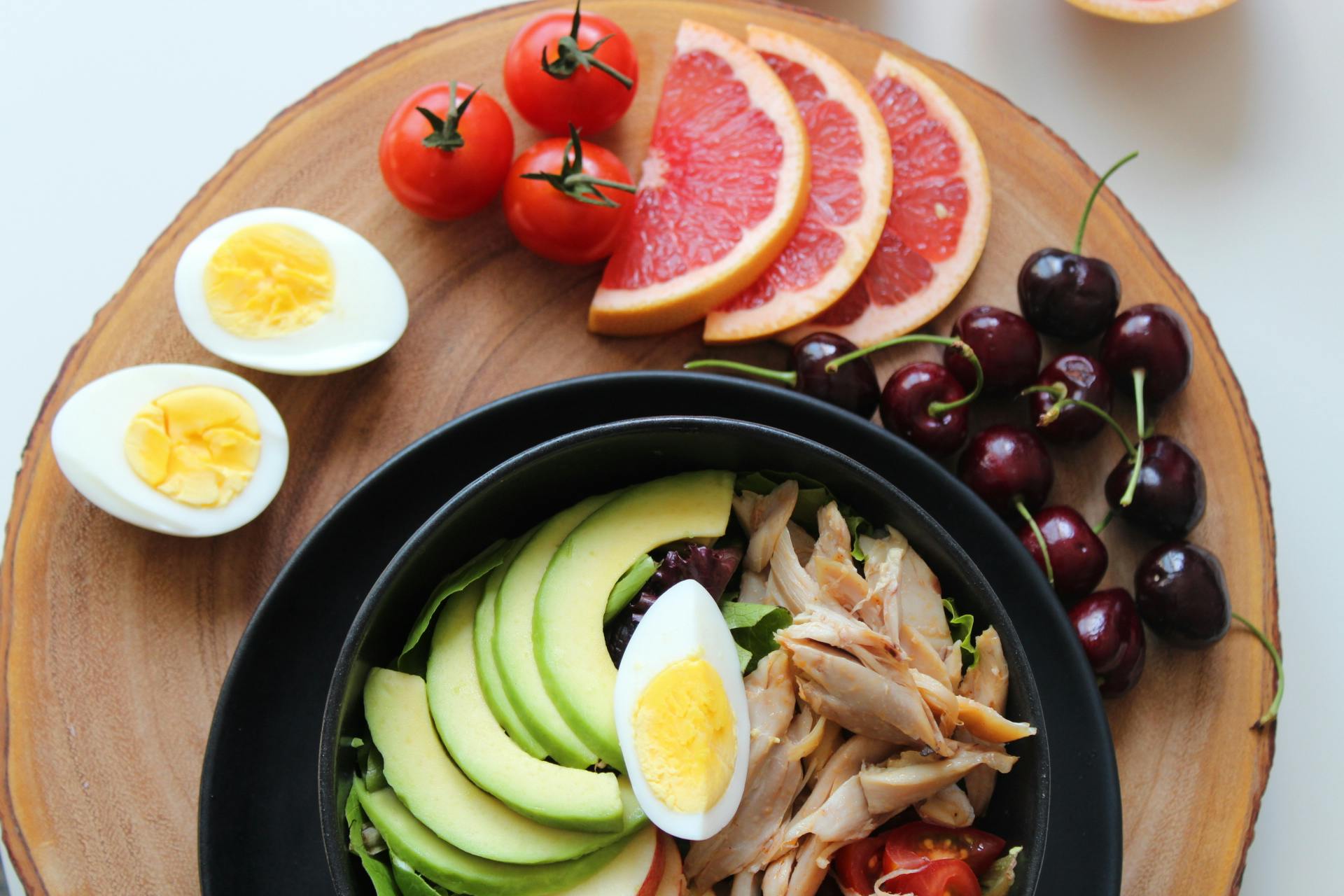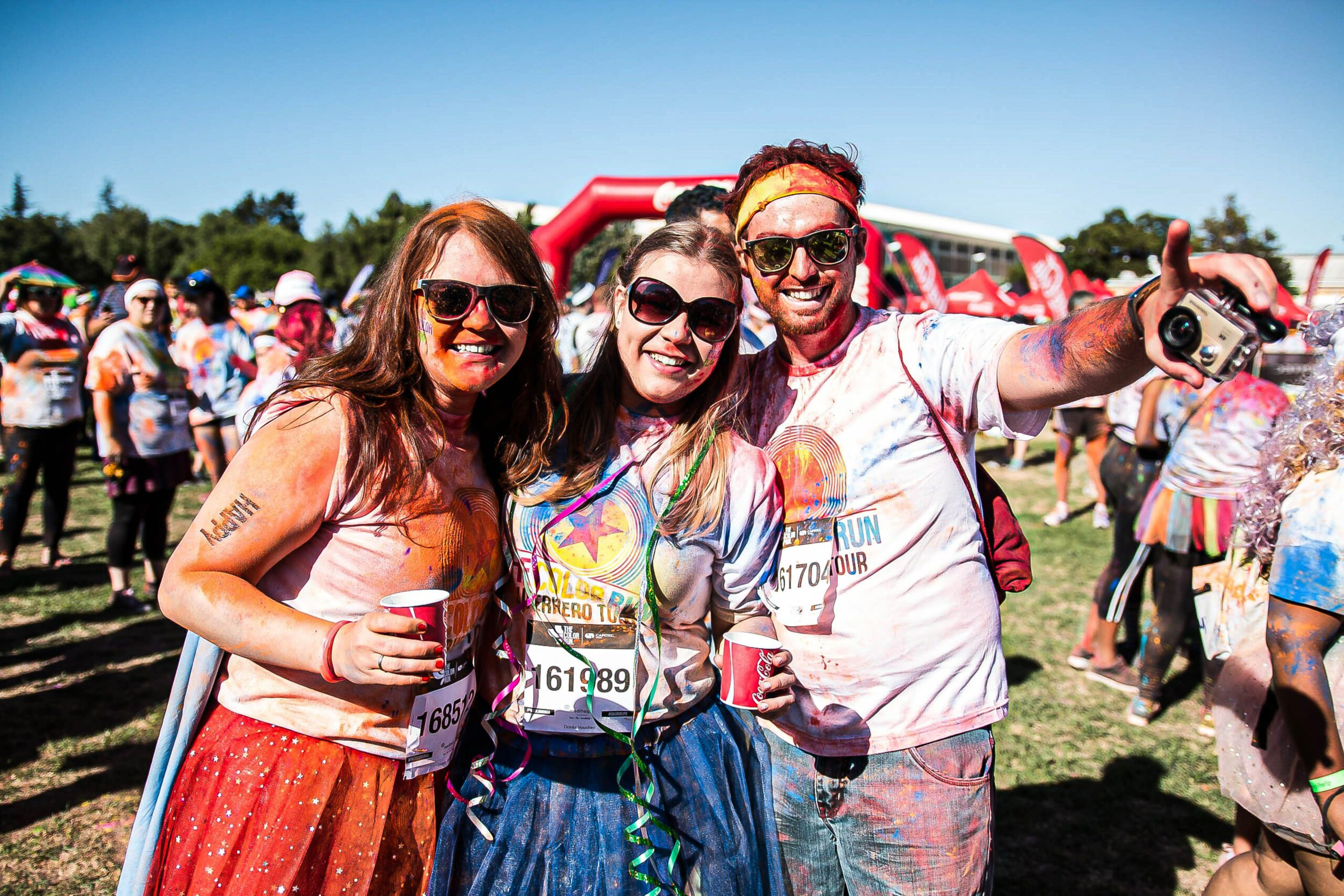Breastfeeding has health benefits for both babies and mothers. It can be a natural process for you and your baby to ease into. However, there may be times when you experience nipple pain. Generally, it is only at the beginning and will only last a few days. Most mothers find that the nipple soreness peaks around the fifth day of breastfeeding and then resolves itself soon after.
Fortunately, there are some strategies to ease the pain and help your nipples to heal quickly. Here we will go over some strategies to help you on your breastfeeding journey.
If You Decide To Continue To Breastfeed
Try nursing your baby on the least painful nipple, more than likely your baby will not suck as hard on the second nipple that you have more pain with. If you still find it to be difficult you may want to use a breast pump or try to keep your milk supply flowing by expressing your milk by hand.
What Causes Sore Nipples?
There can be a few reasons you are experiencing these issues. See if you can relate to any of the following possibilities:
- Improper latch.
- Could there be slippage during feeding?
- Is there a possibility of being tongue-tied (ankyloglossia)?
- Having inverted or flat nipples could be a factor.
- Feeding too late (early vs. late feeding cues).
- Body positioning can play a role.
- Stopping the breastfeeding session without breaking the suction first.
- The fit of your bra should also be considered.
Remedies & Preventative Measures
If nipple pain persists for more than seven days or continues to return, or your nipples are actively bleeding, be sure to see a lactation consultant or healthcare provider for an evaluation.
Research shows that warm, moist heat soothes sore nipples and can help your skin heal faster. You can run a clean washcloth or cloth under warm (not hot) water, squeeze out the extra water and place it directly over your nipple. Repeat as needed. Many mothers also find this method to help relieve the discomfort of engorgement, which can occur along with nipple soreness.
You may also want to try applying gentle pressure with one or two fingers around the nipple base to move some swelling away from the nipple. The swelling could be caused by breast engorgement or from the IV fluids administered during labor and delivery.
Proper Latching
First, look for early hunger cues. This could be in the form of your baby opening their mouth, sucking on their fingers/hands, and or moving their head from side to side.
A proper latch starts with the baby’s mouth open wide, similar to a yawn, with his tongue cupped and forward. If you feel as though the latch is incorrect, don’t be afraid to break the suction gently by placing a finger in the side of the baby’s mouth and repositioning.
Body Positioning
Here are some common breastfeeding positions to try.
- Lying Down – Position your baby’s front against your front so that your body lengths are parallel, with their cheek resting on one breast. Be sure to also support the baby’s bottom or feet while feeding.
- Cradle – Try sitting in a chair and leaning slightly back, don’t hunch over. Whichever breast you choose to offer your baby the forearm on that same side will support your baby. Position your baby’s front toward your front and have them rest on your arm, perpendicular to your body length.
- Cross Cradle – Sit in a chair, very similar to the cradle position, but use a pillow on your lap to support the baby instead of your arm/forearm, with your hand supporting your baby’s head.
- Football/Clutch – Also very similar to the cradle position, but this time, the baby should be under your arm (the same side as the breast you feed on). Place a pillow under your baby to support their weight.
Breast Milk
Your breast milk can help your nipples heal with antibacterial protection. If you have a crack in your nipple or broken skin, squeeze out a few drops and gently rub the breast milk over your nipple. Let them air dry before putting a bra on.
Creams & Other Products
Most creams and ointments don’t always make your nipples heal faster, they do create a soothing barrier for your tender nipples. Avoid ointments containing lanolin as they can cause allergic reactions. They also have a strong smell and flavor which can cause your baby to refuse to breastfeed. Try olive oil-based products. They have little smell or taste to interfere with your baby’s senses.
Look for a nipple cream that includes self-heal and/or Calendula to help heal in addition to soothe sore nipples.
Hydrogel pads can create a soothing barrier for sore nipples. These thin sheets of silicone-like material are about the size of your areola and can provide relief from the material, like nursing pads and the cups of your bra, from rubbing against your nipple.
Thrush or Bacterial Infection
If nipple pain worsens your nipple pain may be due to other causes like thrush or bacterial infection. If you think this may be the case, consult your healthcare professional for help.
Know that you are not alone. Many women have experienced these same issues. It is possible to receive guidance to get things moving in a positive direction for you and your baby in your breastfeeding journey. At OB-GYN Women’s Centre of Lakewood Ranch, we are a team of passionate healthcare professionals who are here to help you.





